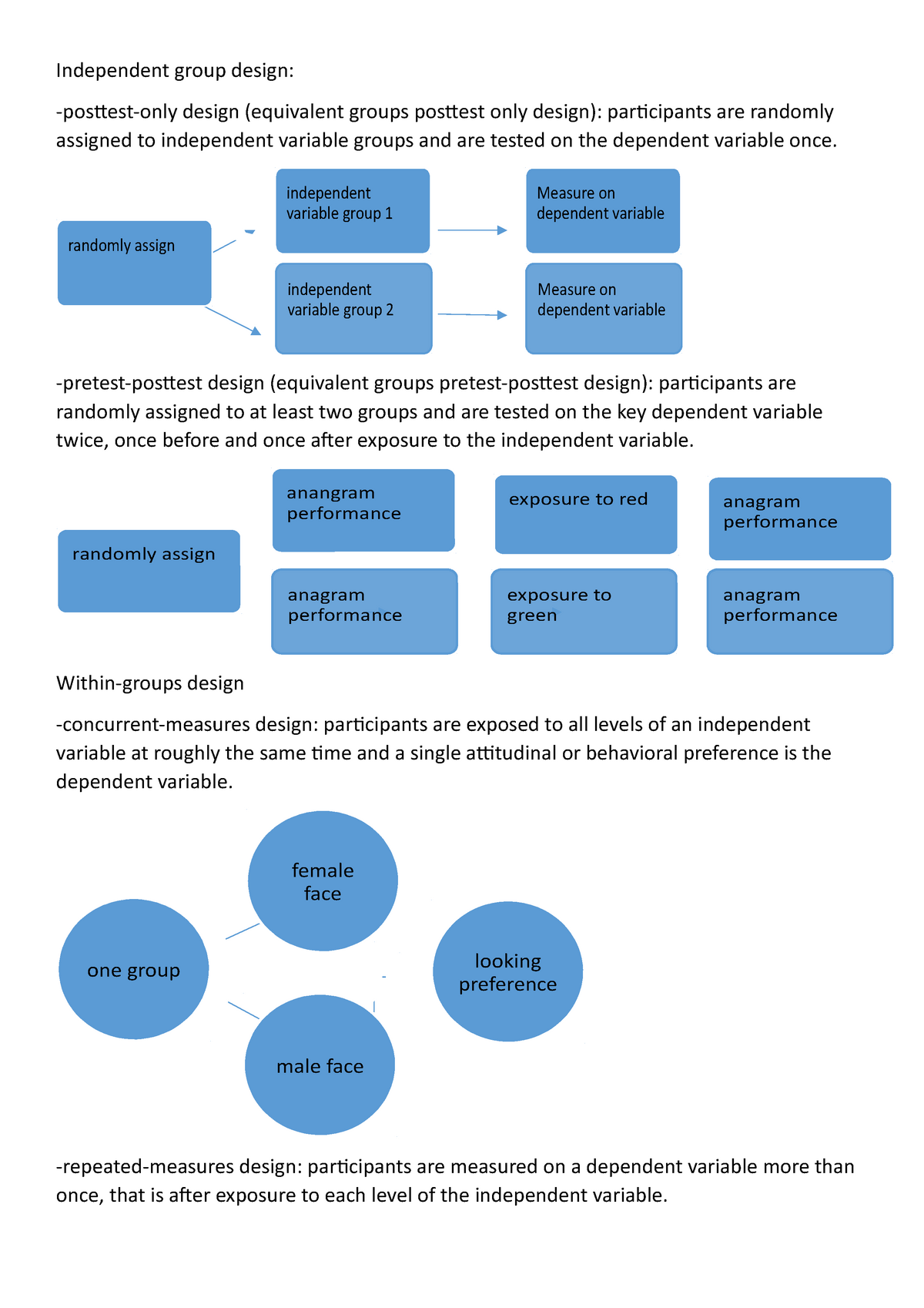Table Of Content

Our packages start with the Test Drive, an option that’s perfect for getting your feet wet. Next in line is The Capsule, an offering that results in 5 production-ready patterns. You can also design mini and full collections with the Basics and The Collection packages. You will receive a set number of patterns within every option that reflects the size and cost. Professional sample technicians will likely understand your design from the get-go but will ultimately need your continued input and commitment to your vision along the way.
Our Approach – innovative

In this design, each participant experiences only one level of the independent variable, and their responses or outcomes are compared across these different groups. On the other hand, a within-subjects design, also referred to as a repeated measures design, involves participants experiencing all treatment conditions and being measured for each one. This design allows each participant to serve as their control, reducing variability and increasing statistical power. However, the order in which treatments are administered can influence the results, and researchers need to be mindful of potential practice and fatigue effects. Repeated Measures Design, also known as within-subjects design, is an experimental approach where the same participants are exposed to multiple conditions or levels of an independent variable. Measuring participants’ responses across conditions allows for the examination of within-subject differences while minimizing individual variability.
A large participant pool is necessary
Repeated Measures design is an experimental design where the same participants participate in each independent variable condition. This means that each experiment condition includes the same group of participants. Between-subject and within-subject designs can be combined in a single study when you have two or more independent variables (a factorial design). Researchers will assign each subject to only one treatment condition in a between-subjects design. In contrast, in a within-subjects design, researchers will test the same participants repeatedly across all conditions. In a repeated measures design we could give our group of participants the test on day one with no coffee and record their reaction times.
MATCHED PAIRS DESIGNS
To not only teach the skills needed to be independent, but to empower and motivate each participant to become a productive part of their community. Data collection will be less time-consuming if all conditions of the experiment can be conducted simultaneously. If a participant drops out, data will be lost from all conditions of the experiment rather than one. Repeated Measures design is also known as within-groups or within-subjects design.
Research Design + Statistics Tests by Kamil Mysiak - Towards Data Science
Research Design + Statistics Tests by Kamil Mysiak.
Posted: Wed, 19 Aug 2020 07:00:00 GMT [source]
Independent Hands Group Inc., DBA Independent Steps has been providing services in the Los Angeles area since 2006 and we continue to grow. As the same participants are used [at least] twice, extra participants do not need to be recruited. Please include what you were doing when this page came up and the Cloudflare Ray ID found at the bottom of this page. Actually, it doesn’t matter which condition you choose to go to first, both are wrong.
Hermogeno Designs
Researchers must carefully determine how participants are allocated to the treatment and control groups. The control group typically represents the absence of treatment and provides a baseline for comparison. The method of assigning subjects to groups significantly impacts the ability to establish true causal effects and control for confounding variables. Let’s examine some approaches to allocating subjects within experimental designs. Repeated measures design offers advantages such as increased statistical power and insights into individual variations. Overall, repeated measures design provides a valuable method to study changes within participants and understand the effects of independent variables while controlling for individual differences.
However, unlike our competitors, we have eliminated the need for tech packs and sketches. Instead, our specification sheets, which we provide you with, have streamlined and simplified the process. The third step is identifying your shortcomings when trying to convey your needs to the pattern maker. If you’re looking for high quality and personal service, you’ve come to the right place. At Independent Steps we’ll give you the attention and personal service you’ll come to expect. DSA is a national organization committed to supporting residential interior designers.
For the Independent Group, even Nando's is a photo opportunity - The Guardian
For the Independent Group, even Nando's is a photo opportunity.
Posted: Tue, 26 Feb 2019 08:00:00 GMT [source]
To help you get started, we are offering you our top three tips for working with clothing pattern makers in Los Angeles. Unleash the potential of well-crafted experimental design to steer the course of robust and enlightening scientific breakthroughs. Between-subjects and within-subjects designs can be used in place of each other or in conjunction with each other. Carryover effects between conditions can threaten the internal validity of a study.
For each experiment, identify (1) which experimental design was used; and (2) why the researcher might have used that design. The Karrenbrock family founded Los Angeles Party Designs in 1983 with the mission of becoming one of the industry’s most innovative and imaginative event production companies. Since its inception, Los Angeles Party Designs has continued to astonish clients time and again with new and trend-setting capabilities from intimate social settings to large corporate vibrant galas. Built on uncompromising dedication to customer service and production quality, Los Angeles Party Designs has earned its place at the top through high-quality events produced by leading professionals.
To implement a randomized block design, participants would be divided by grade level, and members within each level would be randomly assigned to the experimental groups. Completely randomized designs involve randomly assigning subjects to treatment and control groups using methods like flipping coins, rolling dice, or using a computer. This random assignment ensures the groups are roughly equivalent at the beginning, increasing confidence in attributing any differences observed at the end to the treatments rather than other factors. Randomization helps equalize confounders between the groups, leaving only the treatment effects. Developing an experimental design involves careful planning to optimize the collection of trustworthy data and detect causal relationships.
A between-subject factorial design is an experimental setup where participants are randomly assigned to different levels of two or more independent variables. For example, there would be three groups of subjects, each receiving one of the three treatment conditions. To prevent bias, the participants should be randomly assigned to either the control group or one of the experimental conditions. While it may not achieve the same level of matching as within-subjects designs, matched pairs design helps reduce variability between groups and avoids treatment order effects. However, this approach can be time-consuming and is dependent on finding suitable matched pairs.
To choose the right pattern maker, you must first know the specific technique you need to take your designs from sketch to sample room floor. Finalizing the direction of your designs means you are one step closer to working with a sample maker. We recommend preemptive preparation before kicking off your relationship with a pattern maker in L.A for the process to go smoothly. As we mentioned before, designers must perform their due diligence in researching qualified professionals.
When it comes to scientific research, figuring out why things happen is essential. This is where experimental design becomes indispensable, helping researchers uncover the secrets behind cause-and-effect relationships. In this article, we’ll explore the field of experimental design, understand its importance, purpose, and the different methods used in various areas of study.
Different participants need to be recruited for each condition, which is difficult and expensive. Order effects will not be observed as participants only take part in one condition. Different participants need to be recruited for each condition, which can be difficult and expensive. Order effects cannot be observed, as no participants will be used in more than one condition. Mind the Graph offers scientists the ability to create visually appealing figures for their research. With a user-friendly interface and an extensive library of scientific illustrations, researchers can easily customize templates, charts, and graphs to convey their findings engagingly.
Sorted, no problems with practice or repeat effects or with boredom or tiredness effects. At the end of this period, their reading was reassessed, and a reading improvement score was calculated. They were then taught using scheme two for a further 20 weeks, and another reading improvement score for this period was calculated.
In short, it means to randomly allocate participants in a repeated design group into two different groups; e.g., a group one and a group two. But because participants gave it their “all” in condition one, sometimes they can’t be bothered to do the same thing again in condition two because they have become bored. The results then could show condition one doing much better and the researcher thinks it’s to do with the IV but it is to do with order effects.

No comments:
Post a Comment